There are several various alternatives for metering flowrates available in the oil and gas business, particularly in the UAE. Coriolis flow meters have been extremely popular throughout time with skid makers in the oil and gas industry and its different customers in terms of monitoring liquid and gas.
The Coriolis flow meter does have a tendency to be more expensive initially than some other types of metering that are currently available, but its accuracy, speed, ability to measure mass types rather than just volume, and overall low maintenance costs are key factors in its increasing popularity.
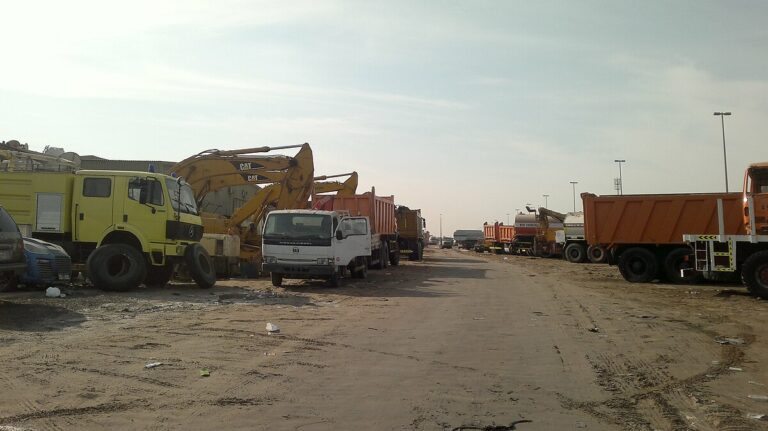
The United Arab Emirates though being an oil producing nation has been a heavy important importer of petroleum products. Majority of these products are imported from nations such as Saudi Arabia ($4.61B), India ($4.46B), Bahrain ($1.3B), Russia ($1.29B), and Iran ($1.24B).
With about 70% of the petroleum products imported into the UAE constituting Diesel, the UAE needed a flow meter to help her with measuring accurately the mass flow of the fluids imported into it.
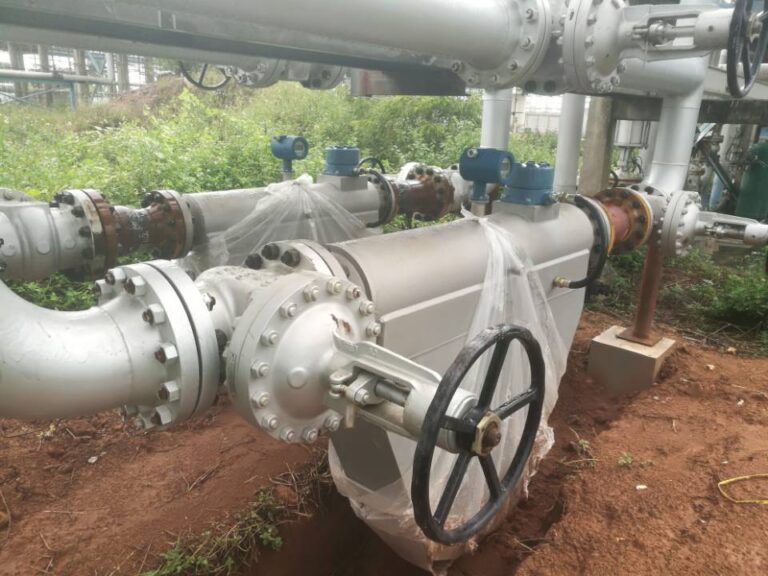
They therefore set a standard which must be matched by the Coriolis flow meter, these is stipulated as follows;
For Diesel, the pipe size is DN200 “12, pressure stands at 135 – 150 psi, flow rate at 1130 m³/h, density at 860 kg/m³, viscosity at 1.5 cst, fluid temperature at 30 – 35 C, and atmospheric standing at 30 – 40 C.
With that understood, let us have a deep look at the flow meter that is currently the darling of the UAE.
What is a Coriolis Meter?
Inertia caused by fluids or gas flowing through oscillating tubes is one factor that enables a Coriolis mass flow meter to work. This induces the tubes to twist in proportion with the mass flow rate while this phenomenon is measured by sensors which generates a linear flow signal.
Based on this concept, the first patents were granted in the 1950s, it took until the 1970s for the first industrial versions of the Coriolis mass flow meters to be produced.
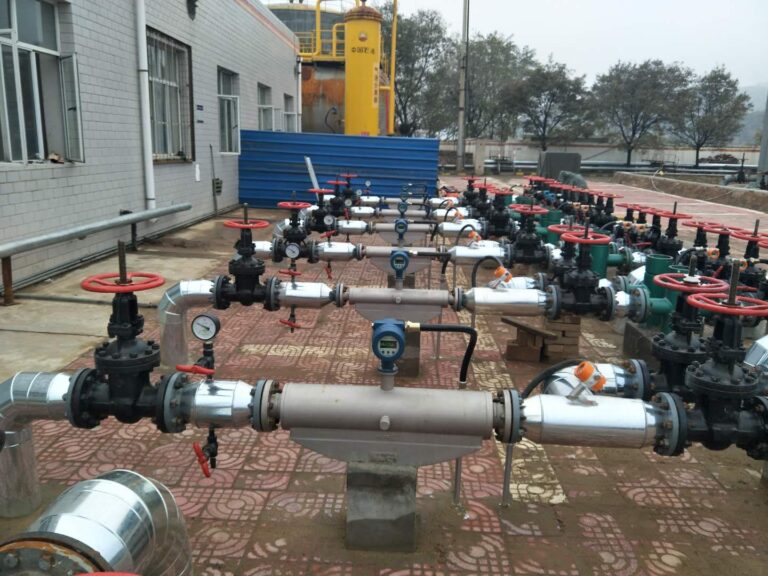
History of the Coriolis Flow Meter.
By now you are wondering how the Coriolis flow meter got its unique name, well to answer this we have to take a jog down memory lane to 1835.
In this year, a French mathematician made a discovery that was later known as the Coriolis effect and gave the Coriolis meters their name. Gaspard Gustave de Coriolis had first described the phenomena in a paper.
A moving object inside of a spinning system will appear to undergo a deflection perpendicular to the axis and direction of motion, according to a mechanical principle noted by the French mathematician.
The French man based his findings of this effect on the laws of motion that had been propended by Sir Isaac Newton a mathematician and physicist more than a century prior.
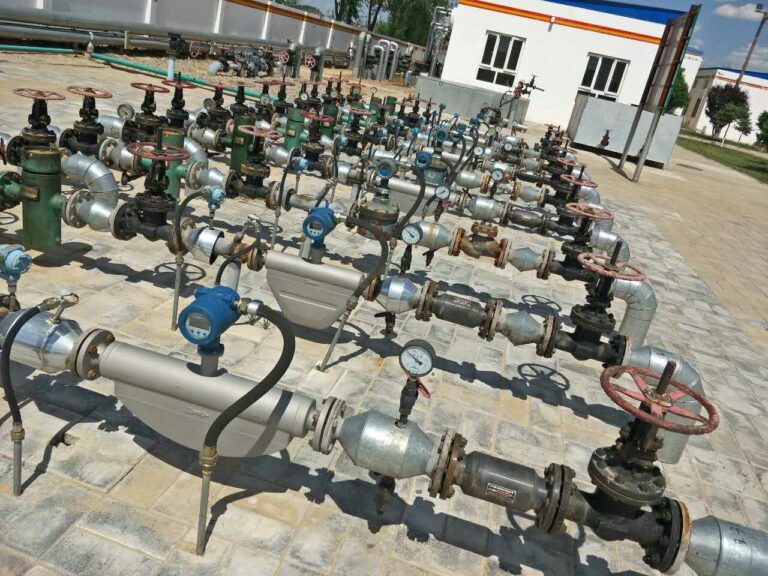
How does a Coriolis Flow Meter Work?
Initially, a single thin-walled tube was a major component which was then shaped into a curve, there arose issues associated with the problems generated by vibrations and these were eliminated by switching to thick-walled designs with two tubes that are now commonly widespread.
With the updates in designs the Coriolis flow meter now has a reduced power requirement and are very durable. At present, there are variations of the Coriolis flow meter used for different applications sporting different shapes and styles, all in all, they have a common trait of providing high accuracy with the need for little maintenance.
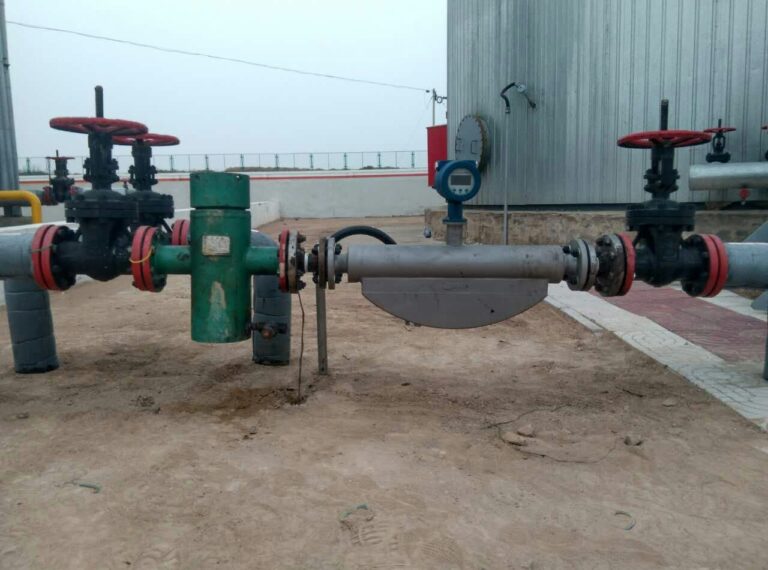
A magnetic coil is employed to make the tube vibrate in opposition for Coriolis flow meters with a two-tubed design. Both flow tubes have magnetic and coil assemblies mounted at their inlets that serve as sensors. The coil that travels through the magnetic field created by the magnet makes a sine wave with the help of the magnet.
The sine waves in both locations cause the Coriolis flow meter’s inlets and outflow to phase with one another during its no flow periods. The sensors detect the phase shift, which is essentially the time difference in the sine waves between the two sensors, which is caused by the tubes twisting in accordance to the mass flow now in the tubes as a result of the flow passing through them. This difference in phase shift then dictates the mass rate.
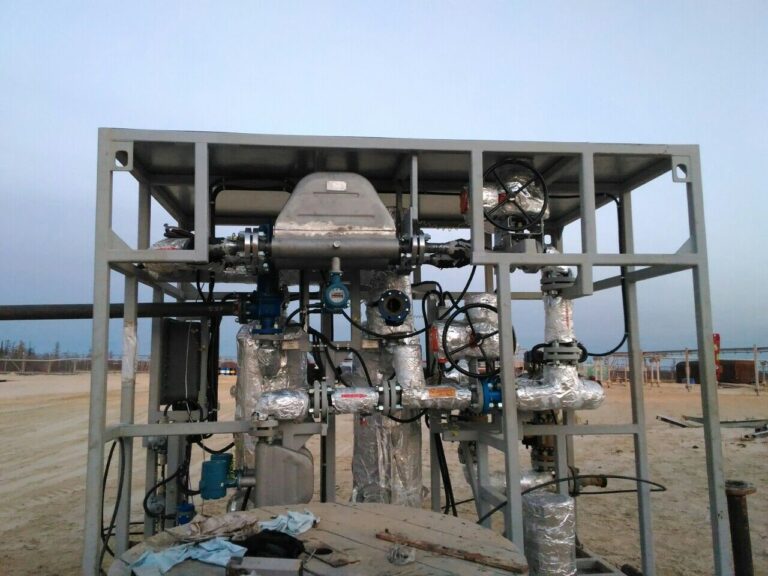
What can be measured in a Coriolis Meter?
For the precise measurement of just about any process fluid such as turpentine, sugar, solution, petroleum, milk, or even heavy water with the added importance for the flow meter to get the precise measurements of how much of these solutions are flowing at any given time. The answer is the Coriolis flow meter which its primary function is to measure the mass flow.
It can be said that the Mass flow rate is the mass of a fluid that passes through a fixed point and place like a pipe or tube, over a given certain amount of time. The Coriolis flow meter is not only limited to mass flow as it has the added function of being used to measure the flowing density of a fluid.
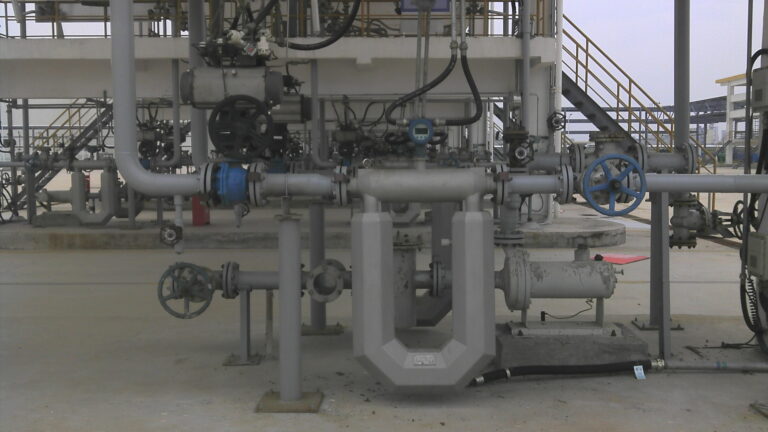
The sensor of a Coriolis flow meter is generally constructed having two internal measurement tubes. The flow of liquid and gaseous substances is evenly split up at the entrance to the Coriolis sensor which flows through the two tubes and is then reunited again at the exit of the flow meter, these two parallel tubes are constructed to form a curve inside the body of the flow meter.
The powering up of the flow meter causes the tubes to oscillate back and forth against one another using the help of a drive coil or coils. During the cause of process liquids passing through the censors of the Coriolis flow meter, the force exerted by the flowing liquid in the tubes oppose the oscillation of the tubes which then causes the tubes to twist or distort.
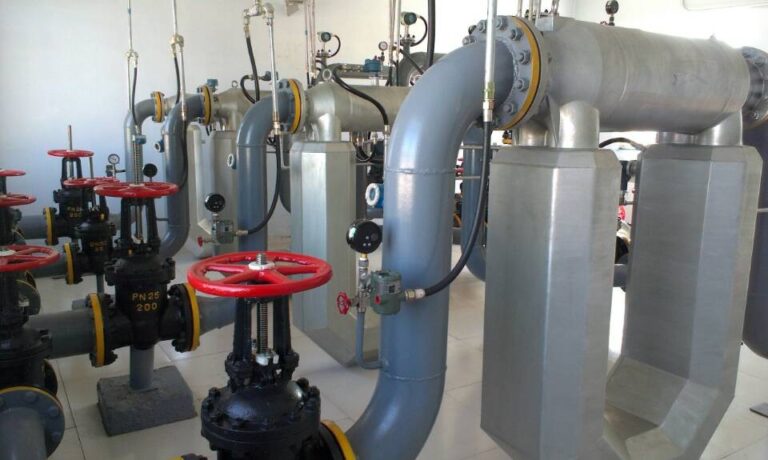
At this phase, the laws of physics now kick in, or to be precise, the Newton’s Laws of Motion; which then is used to give a vivid description of the distortion of the meter tubes. It is very important for us to understand how this distortion is caused and for us to get accurate measurements of it, as this is fundamental in calculating the mass flow of the process fluid within the meter. This distortion and twisting or the pipes is commonly described as the Coriolis effect.
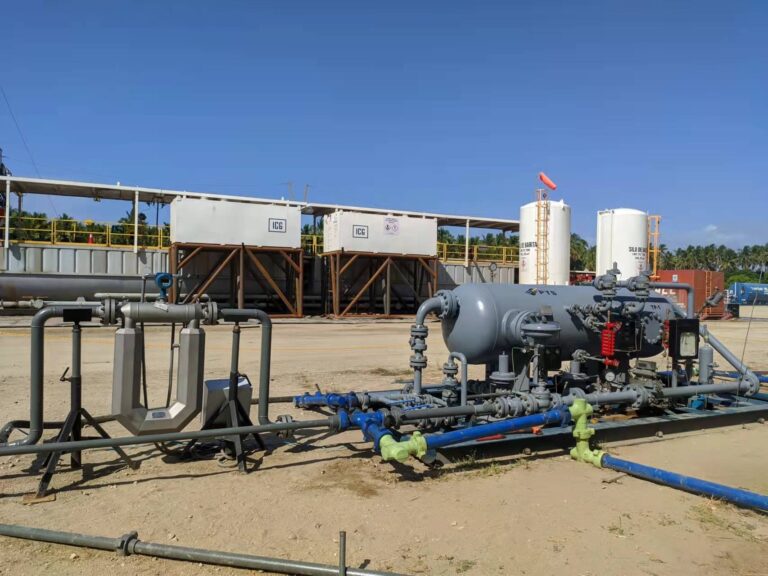
What are the benefits of a Coriolis Mass Flow Meter?
There is an obvious reason that a Coriolis mass flow meter has gained much popularity in recent times and have gotten an increase in demand. The major factor is they are the most accurate type of flow meter, below are other valid benefits of a Coriolis flow meter;
- Unlike what is obtainable from other designs, the Coriolis meters are not affected by any change in the viscosity of solutions it encounters. This simply means that any changes to the process solution encountered by the solution will not affect the authenticity of the measurement.
- The Coriolis flow meter have a significantly declined pressure drop as compared to other counterparts such as the PD meters. It can be confidently said that the only time the pressure is lost is when the solution flow is divided between the two tubes.
- The authenticity of readings of the Coriolis flow meter is a lot more accurate than its counterparts such as the PD meters, by averaging between 0.1 and 0.2 percent accuracy on output readings. With this high level of accuracy in readings, the Coriolis mass flow meter provides a positive effect on cost savings.
- It is also worthy of note that the Coriolis meter has an excellent turndown ratio of about 100:1, while the industry standards lag significantly at 10:1, and this is a considered a very wide increase in accuracy. And finally;
- The durability of the Coriolis flow meter is better than its main competitor the PD meters. One of the main reasons for this is that the liquids and gaseous substances do not pass through tubes that have excessive moving parts. This in turn the natural laws and effects of wear and tear coupled with the effects of corrosion are minimal or can be greatly avoided.
- It is better and simpler to use mass flow metering than the option of volumetric measurements for a great number of applications. Materials which are sold by weight instead of volume (especially in the UAE), for example, benefit tremendously from the more accurate Coriolis measurement. For this reason, the UAE sticks with the using of the Coriolis for its oil and gas sectors as this is more suited as the value of petroleum products is based on the heating units rather than the volume.
- For the measurement of gases, the mass flow metering is specifically important as temperature and not pressure have a greater effect on gases than they do with liquids like crude oil. Coriolis mass flow meters have a greater measurement accuracy of both liquid and gases, regardless of the temperature changes, the speed of the flow, and the line pressure. For this reason, oil producing countries and the UAE had been spurred in using the Coriolis mass flow meter in its petroleum and petrochemicals industries.
- Coriolis mass flow meters are some of the most accurate types of meters which have easily overtaken the differential pressure (DP) measuring devices. While Magnetic flow meters have an average accuracy of 0.5 percent, Coriolis as a norm outperforms the mass flow accuracy by 0.1 percent while also over a mass flow range of 100.1. For the reason of its high accuracy, the desirability of the Coriolis in the UAE’s oil and gas sectors has increase significantly as the world is in need of devices that gives such high proficiency measurments.
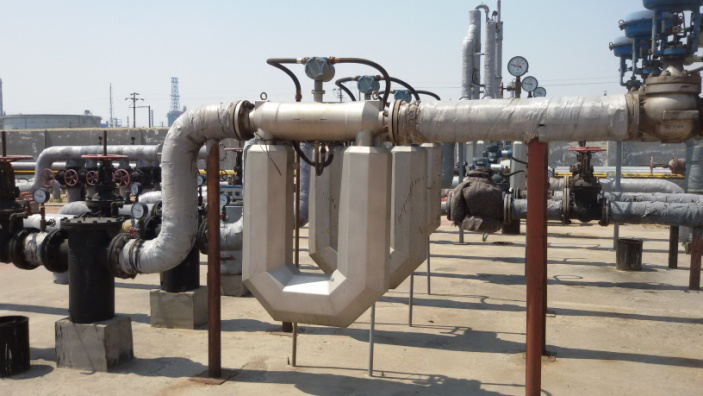
Summary
The Coriolis mass flow meters are not only efficient, effective, and durable but are highly accurate and precise.
